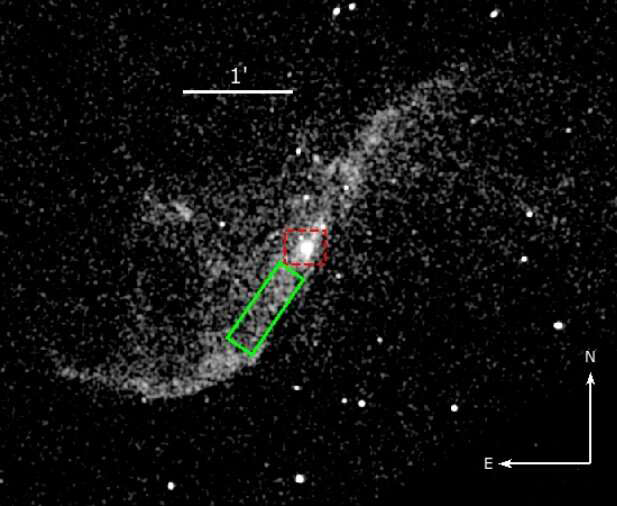European astronomers have staged a complete and thorough X-ray view of an active galactic nucleus in a nearby spiral galaxy known as NGC 4258. They have analyzed the data from four space observatories. The study was published on arXiv.org and it will shed more light into the nature of this galaxy.
Active galactic nuclei (AGNs) are accreting and supermassive black holes (SMBHs) residing at the centers of some galaxies. These emit powerful and high-energy radiation as they accrete gas and dust. These nuclei can form jets which are observed even on megaparsec scales.
NGC 4258 hosts one of the closest AGNs which is at a distance of some 24.7 million light-years away from the Earth. Water masers orbiting around this AGN were detected in 1984. It made NGC 4258 the cleanest evidence for the existence of extragalactic supermassive black holes. Further investigation of these masers revealed a sub-parsec molecular which is a dusty disk in Keplerian rotation around a central mass of about 40 million solar masses.
AGN in NGC 4258 also interests astronomers because of its particularly low bolometric luminosity. They think that this could be because of a low accretion rate or a radiatively inefficient accretion flow. But several previous studies have examined the nature of the accretion flow in NGC 4258 and it still remains puzzling to astronomers.
A team of astronomers led by Alberto Masini of the International School for Advanced Studies in Trieste has reviewed the X-ray properties of NGC 4258 to shed new light on its accretion flow and long-term evolution. They analyzed archival observations of this galaxy which have been conducted with Chandra, Swift, NuSTAR, and XMM-Newton space telescopes.

